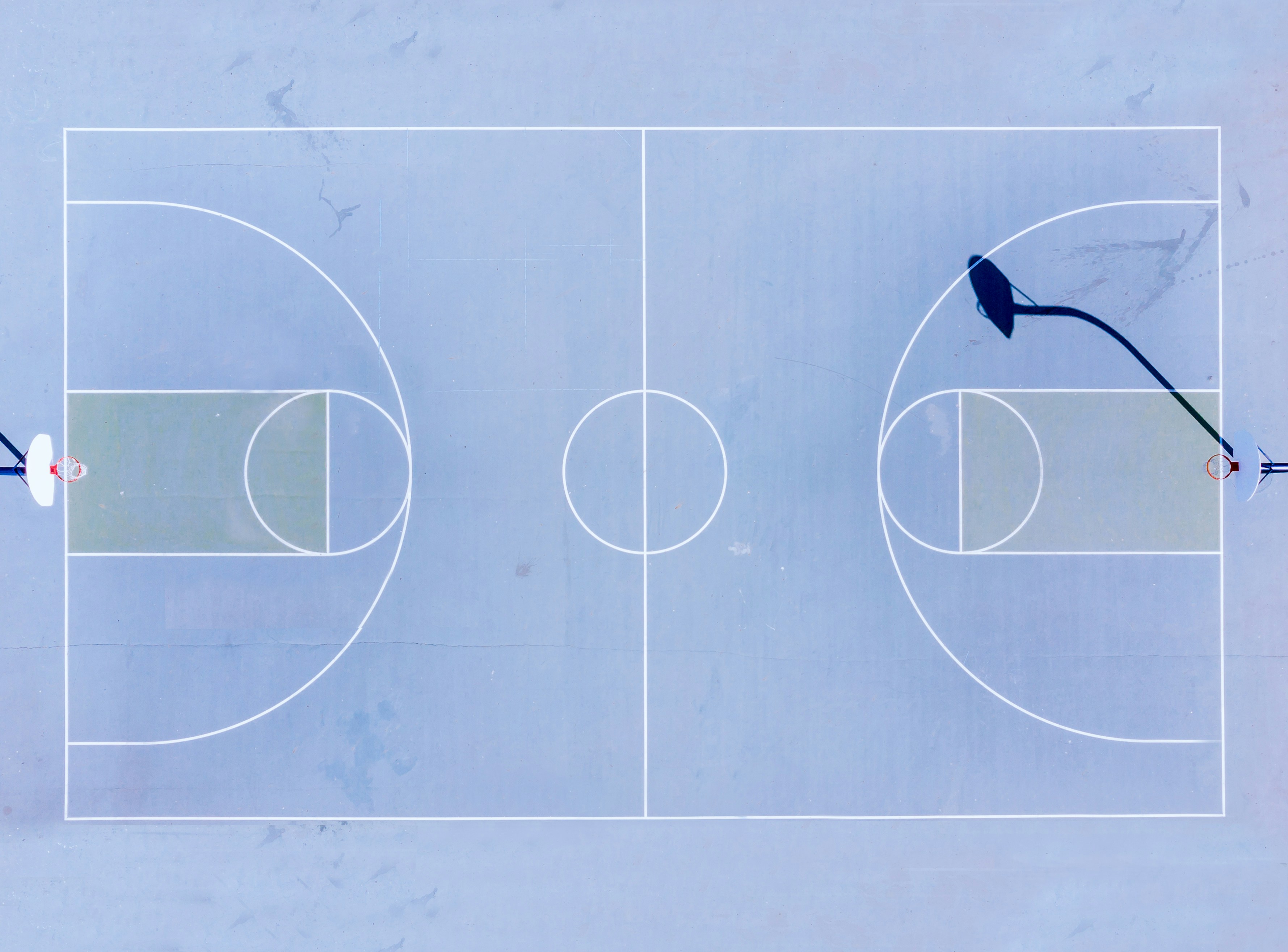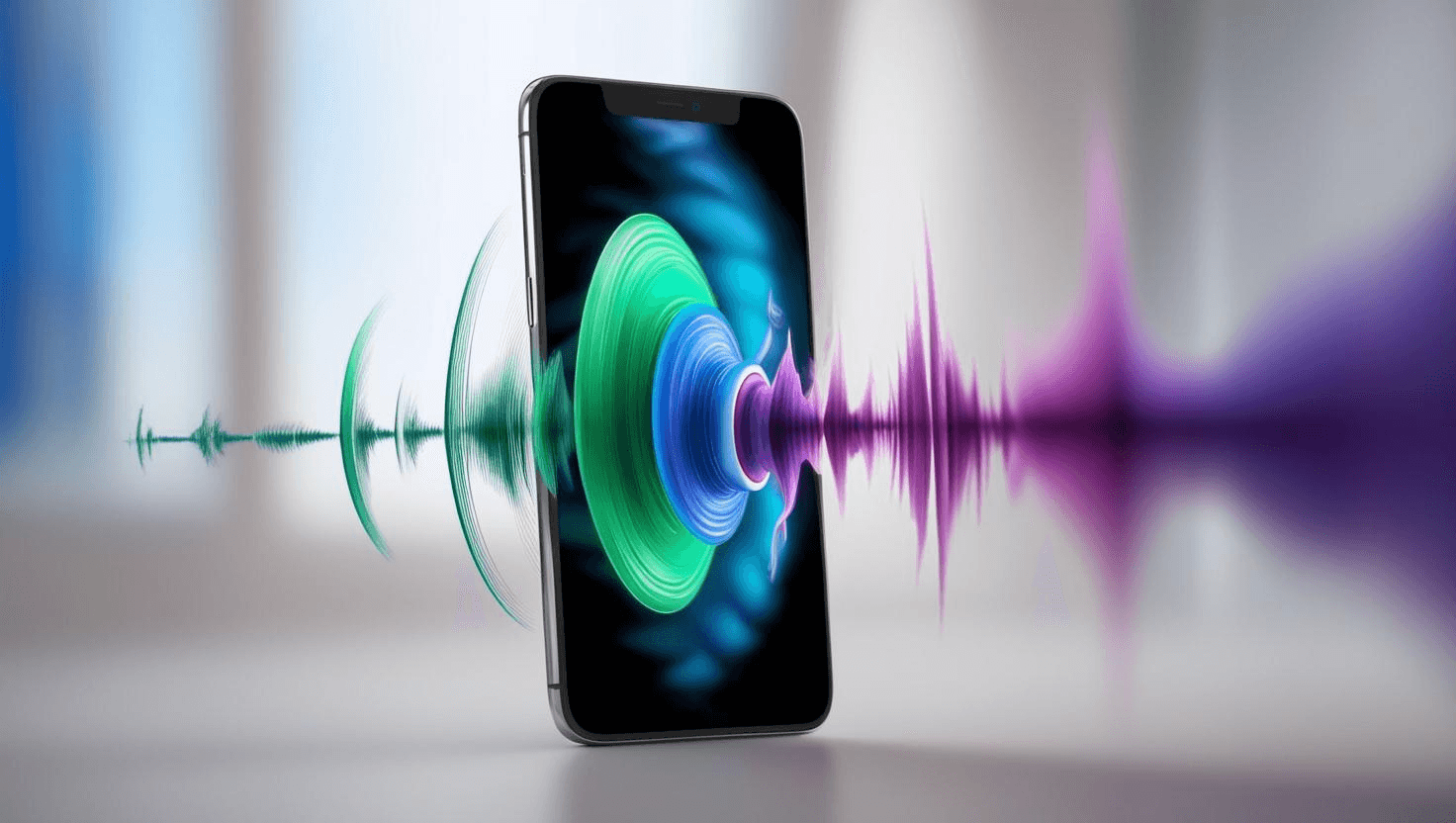The Curious Case of the Student Athlete: Leadership Lessons from the Court to the Workplace

Introduction
My college basketball coach, Tommy Amaker, was mantra-centric — he had quotes that were easy to memorize and quick to the point. “It’s amazing what you can accomplish when no one cares who gets the credit” was one that stuck with me through life (though Harry Truman said it first, in my mind it will always be Coach Amaker’s wisdom). Beyond memorable quotes, Coach Amaker was particularly fond of alliteration, using it to create maxims that defined what it meant to be part of a winning team.
These athletic lessons have proven remarkably predictive of business success. According to Spencer Stuart’s 2023 study of Fortune 500 CEOs, nearly 60% participated in collegiate athletics, reaching the CEO position an average of four years faster than their non-athlete peers[¹]. As Spencer Stuart’s Managing Director observes:
“The correlation between athletic experience and executive success is striking. The leadership qualities developed through competitive sports — resilience, strategic thinking, and team collaboration — appear to accelerate career trajectories in significant ways.”[¹]
This acceleration isn’t surprising when you consider the unique mindset forged through athletic competition. Recently, my friend and mentor Gokul Rajaram posted about the value of hiring recruited student athletes. His insights inspired me to explore the specific attributes that make athletes such effective leaders. What follows is an analysis of four key trait combinations — each expressed through Coach Amaker’s favorite device, alliteration — that explain why athletes consistently outperform in the business world.
Competition + Collaboration: The Winning Formula
One reason athletes reach the C-suite faster is their nuanced understanding of when to compete and when to collaborate. One of the biggest challenges I’ve observed in the workforce is the “stepping on others to get ahead” mentality. Harvard Business Review’s research reveals a critical insight:
“When competition becomes cutthroat, it not only damages relationships and morale but can reduce productivity by up to 50%. However, organizations that foster ‘coopetition’ — a balance of competition and collaboration — see performance increases of 30–40% across all key metrics.”[²]
This is where the unique characteristics of high-caliber collegiate athletes shine. From their earliest days, these athletes learn a crucial lesson: team success and individual success are inseparable. According to Dr. Sarah Thompson, lead researcher of the NCAA’s 2022 GOALS study:
“What’s particularly striking is not just the 32 hours per week athletes dedicate to their sport, but how 62% of that time is spent in collaborative team activities. This intensive team-based experience creates a unique mindset that’s increasingly valuable in today’s workplace.”[³]
The magic happens when healthy competition layers onto this collaborative foundation. Athletes learn to push each other to improve without resorting to sabotage. Research published in the Journal of Labor Economics found that having a high-performing teammate increases an athlete’s own performance by 5–10%[⁴]. Those who can’t embrace this mindset get weeded out quickly. As the saying goes, “Iron sharpens Iron.”
Iterate + Initiate: The Startup Mindset
In the world of software startups, iteration is paramount. The popular mantra “move fast and break things” captures this spirit perfectly. Professor Thomas Eisenmann from Harvard Business School emphasizes in his startup research:
“Our analysis of 2,000 venture-backed startups revealed a surprising pattern — companies that pivot once or twice raise 2.5x more money and have significantly better user retention than startups that either stick stubbornly to their original plan or pivot more than twice. The key is learning to iterate purposefully.”[⁵]
Student athletes bring a unique advantage here. They’re conditioned to view feedback as essential for growth — if your coach (or manager) isn’t giving you feedback, you’re being left behind. The Gallup workplace study provides a striking contrast in feedback environments:
“The difference in feedback frequency between athletic and traditional workplace environments is stark. While the average office worker receives substantive feedback quarterly at best, collegiate athletes receive structured, actionable feedback multiple times daily. This constant feedback loop creates individuals who are not just comfortable with criticism, but actively seek it out.”[⁶]
The other half is implementation — taking that criticism and putting it into action. A study in the Journal of Applied Sport Psychology demonstrates that athletes who regularly incorporate feedback show performance improvements 41% faster than those who don’t[⁷].
Repetition + Rhythm: The Foundation of Excellence
While this might seem less glamorous than other attributes, it’s crucial for long-term success. Student athletes spend an average of 12 years balancing academics, practice, games, and travel — a rigorous schedule that builds extraordinary discipline. The NCAA’s latest student-athlete well-being study reveals:
“What sets student-athletes apart is not just their athletic commitment, but their ability to excel across multiple domains simultaneously. With 32–40 hours dedicated to athletics and 38.5 hours to academics weekly, these individuals are effectively managing the equivalent of two full-time jobs while maintaining impressive academic performance — 78.4% achieve a 3.0 GPA or higher.”[⁸]
This R+R combination creates consistency in two ways:
- Repetition: Building reliable habits and eliminating counterproductive ones
- Rhythm: Finding flow through sustained practice
Dr. Mihaly Csikszentmihalyi, in his research published in the International Journal of Sport Psychology, explains:
“Athletes who regularly achieve flow state show not just marginally better performance, but consistently perform 29% above their baseline metrics. This dramatic improvement suggests that the ability to find rhythm and maintain focus under pressure is not just beneficial — it’s transformative.”[⁹]
Humble + Hungry: The Ultimate Balance
These final traits represent the culmination of all others. As Coach Amaker always stressed, you must “earn and deserve.” Success is never handed to you, and the pursuit of excellence naturally brings you into contact with others who are smarter, stronger, or better connected.
This exposure breeds humility, but it also fuels hunger — for improvement, for victory, for growth. The 2023 LinkedIn Workforce Survey reveals compelling insights about former student athletes in the workplace. As noted by LinkedIn’s head of workplace research, Dr. James Martinez:
“Former student athletes consistently demonstrate two seemingly contradictory traits that actually create a powerful combination in the workplace. They’re 66% more likely to take on challenging stretch assignments, showing their hunger for growth, while simultaneously being rated 23% higher on teamwork and collaboration metrics, indicating their humility and ability to work with others.”[¹⁰]
Putting It Into Practice
At Exceptional Capital, we don’t just believe in these attributes — we invest in them. Our internship program actively recruits current student athletes into the venture and startup ecosystem. A Head of Talent Development we spoke to at a Fortune 500 company shared:
“The data is right there in front of you. Our athlete hires show 27% higher performance ratings in their first year, 35% faster promotion rates, and an 89% retention rate after two years. But what’s most impressive is how they achieve these results — through a combination of personal drive and exceptional team collaboration.”[¹¹]
These metrics mirror the broader pattern seen in the Spencer Stuart study — athletes don’t just succeed, they accelerate. They bring a unique combination of skills that allows them to navigate complex business environments with the same agility they once showed on the field or court.
We’ve seen tremendous success with recruited student athletes like Grace Brown (Crew), Jared Joseph (Football), and Glen McClintock (Basketball), each embodying these principles in their work. All of them interned with Exceptional Capital and were incredible to work with and learn from. Their stories reinforce what the data tells us: the path from athlete to business leader is well-worn for good reason.
Are you a current or former student athlete? We’d love to hear from you. Your unique combination of skills and mindset might be exactly what we’re looking for. The traits that define great athletes — the ability to compete while collaborating, to iterate and initiate, to maintain rhythm through repetition, and to stay humble while hungry — are the same traits that define great business leaders.
——
[¹]: Spencer Stuart, “Route to the Top: CEO Career Path Analysis,” 2023
[²]: Harvard Business Review, “The Right Amount of Competition,” 2022
[³]: NCAA GOALS Study, “Student-Athlete Experience Report,” 2022
[⁴]: Gould & Kaplan, “Learning from Teammates,” Journal of Labor Economics, 2021
[⁵]: Harvard Business School, “Startup Success Factors,” 2021
[⁶]: Gallup, “Workplace Feedback Analysis,” 2022
[⁷]: Journal of Applied Sport Psychology, “Feedback Implementation in Athletic Performance,” 2023
[⁸]: NCAA Student-Athlete Well-Being Study, 2023
[⁹]: International Journal of Sport Psychology, “Flow States and Athletic Performance,” 2022
[¹⁰]: LinkedIn Workforce Survey, “Career Trajectories of Former Athletes,” 2023
[¹¹]: Anonymous Fortune 500 Head of Talent Development, 2024




